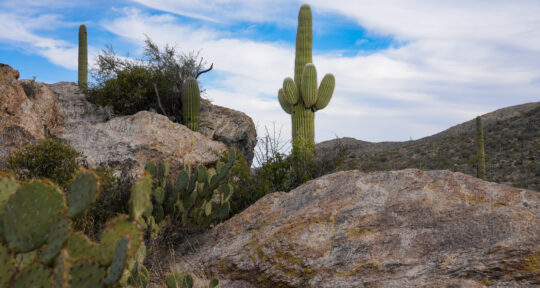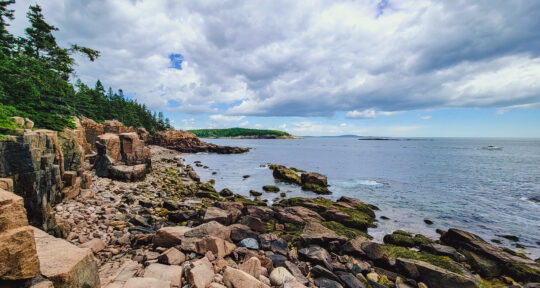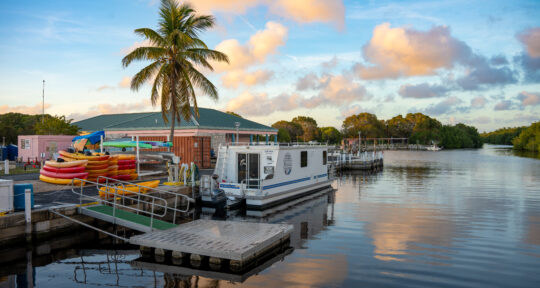While all 63 national parks in the U.S. are brimming with activities, there are a few that stand out from the rest when it comes to epic adventures. From Florida to Utah, here are must-visit national parks for adventure-ready travelers looking for outdoor thrills.
Everything you need to know to plan a national park road trip
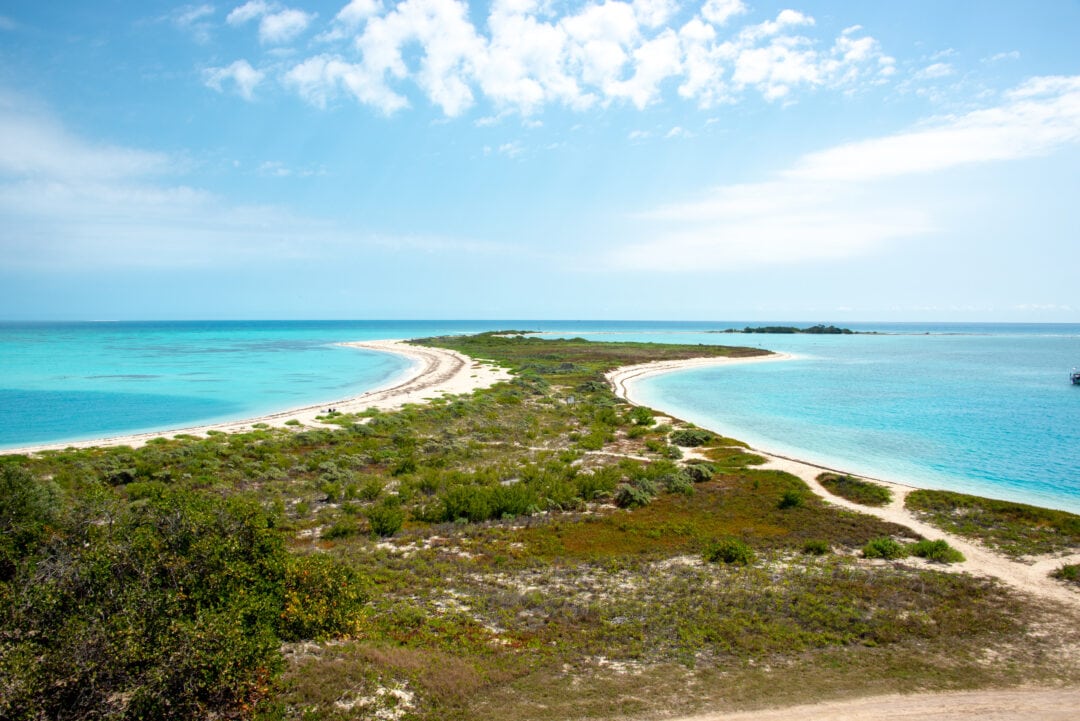

1. Dry Tortugas National Park, Florida
Getting to this national park can be an adventure on its own, as it’s only accessible by boat or seaplane. The easiest route is to make your way to the end of the Overseas Highway, then hop on a ferry and boat for another 70 miles into the blue-green waters of the Straits of Florida. This journey will lead you to seven small islands, one massive brick fort, two historic lighthouses, and 100 square miles of underwater exploration.
8 famous filming locations along Florida’s Overseas Highway
Some of the most pristine stretches of the Florida Keys reef system live in Dry Tortugas National Park. Scuba divers and snorkelers can swim with sea turtles, sharks, and colorful reef fish. Topside, there’s sport fishing (one of Hemingway’s favorite haunts), bird watching, plus plenty to explore around historic Fort Jefferson, the largest brick masonry structure in the U.S.
If you want to dive, you’ll need to hire a charter out of Key West or bring your own boat, as diving gear isn’t allowed aboard the ferries or seaplanes traveling to the park.
Where to camp
There’s a primitive campground in the park on Garden Key, near the docks. Tent camping here can be an adventure in itself, especially if it’s hot, rainy, or you forgot any supplies (there are none available in the park). But the night skies are endless, and when it’s especially clear, you might even see the lights of Havana, Cuba in the distance. The campground is first-come, first-served for group sites up to six people. Larger groups must reserve a campsite in advance with the park. You’ll also need to reserve ferry tickets or book one of the park’s permitted tour guides for transportation to and from the park when camping. These boats fill up months in advance, so plan your trip accordingly. If you’re traveling with pets, they’re allowed in limited areas on Garden Key.
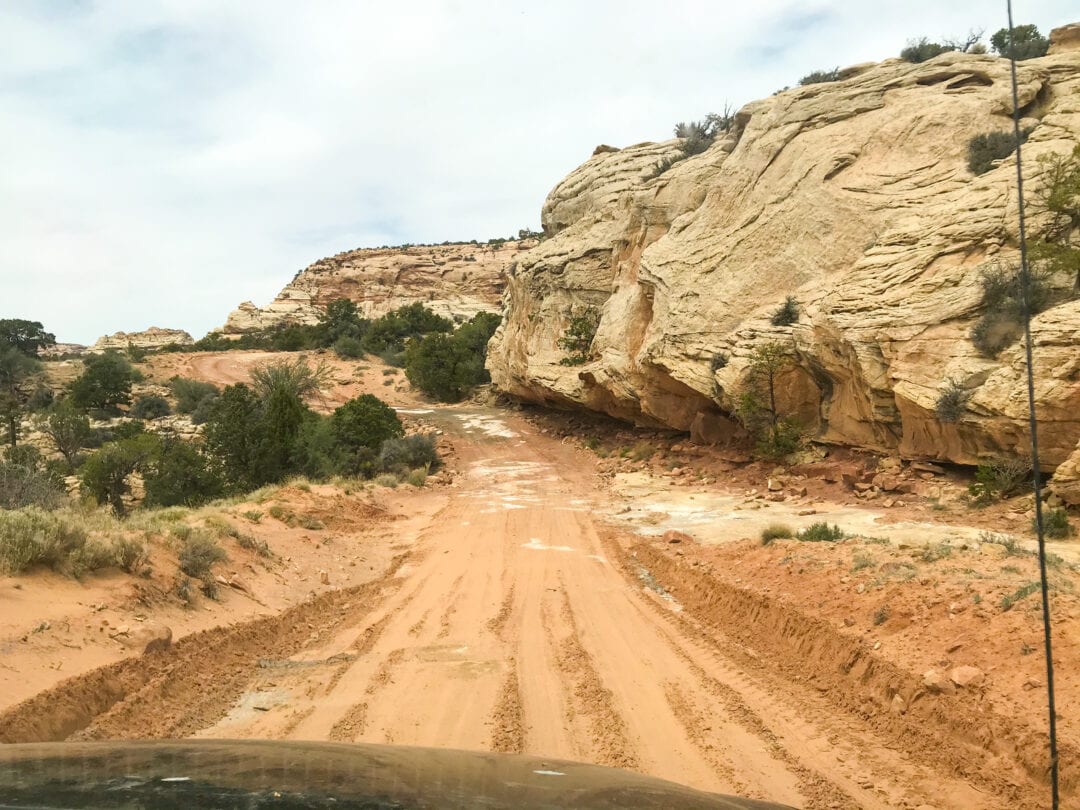

2. Canyonlands National Park, Utah
While Utah is home to many public lands, Canyonlands National Park might best encompass the vast, rugged spirit of the red-rock desert. Standing atop a mesa overlooking the twisting Green and Colorado Rivers 1,300 feet below, it looks as if you could wander out forever into a wilderness of rock spiders and remote canyons.
Mountain biking is Canyonland’s top adventure sport. The park is riddled with singletrack trails that wind along cliff faces and across sandstone slickrock. One of the most famous is the White Rim road, a right of passage for serious mountain bikers. Nearby, the trails continue all throughout the Moab area. There’s also legendary whitewater rafting in Cataract Canyon’s rapids (up to Class V), canyoneering, and off-roading to remote backcountry areas like the Maze. Nearby, Arches National Park is also known for its many technical rock climbing routes.
Where to camp
There are two primitive campgrounds within the park, Willow Flat (Island in the Sky) and The Needles. Plus there are extensive backcountry sites accessible by foot, bike, and high-clearance four-wheel drive vehicles. Some camping locations require day-use or backcountry permits. Pets aren’t allowed anywhere in the park, except for in established frontcountry roads, parking and picnic areas, and campgrounds. There are also many public and private campgrounds in the Moab area.
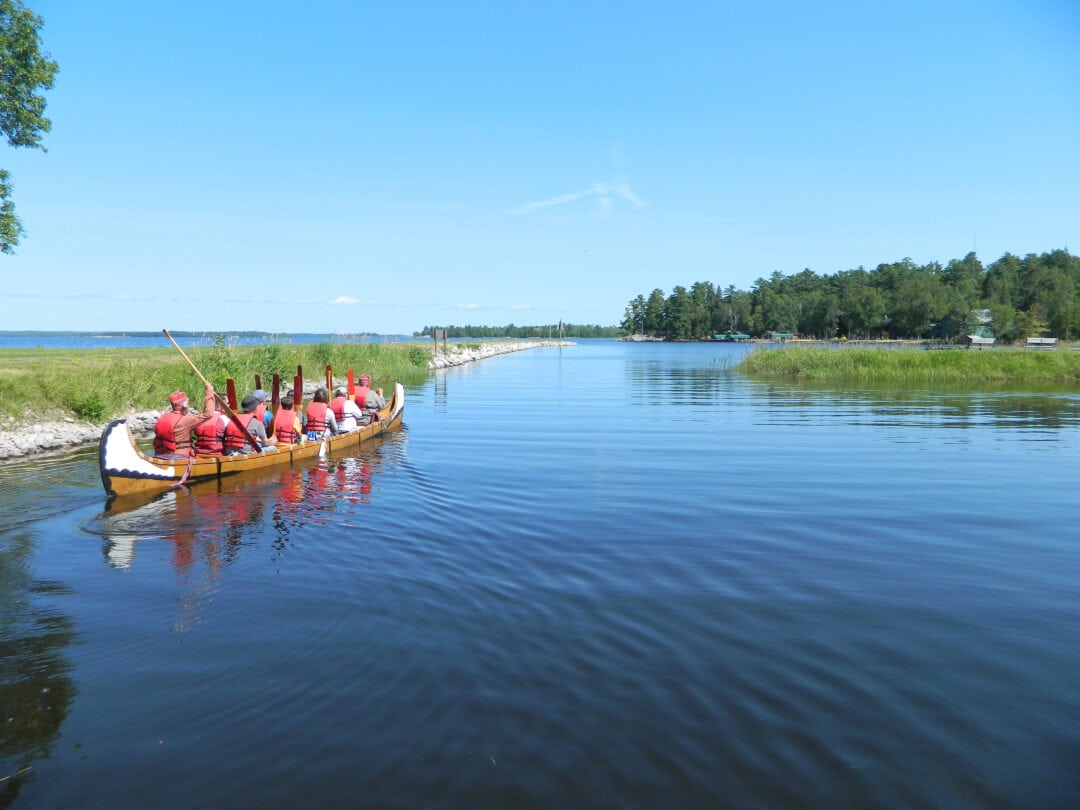

3. Voyageurs National Park, Minnesota
Thick forests and glacial-sculpted rock formations tumble into the inviting waters and wetlands of Voyageurs National Park. Tucked against the remote Canadian border, the park is a backcountry dream for long-distance canoe and kayakers, since most of the land within the park is only accessible via waterways.
Portage across islands, hike to waterfalls and petroglyphs, watch the northern lights, and explore the maze of wild places this park holds. You’re likely to see eagles, beavers, and loons, and perhaps even moose, wolves, and black bears. Some of the lakes are also big enough for motor boats, and the area is known for its fishing, with more than 50 species of fish. When the cold months sweep through, boats give way to snowmobiles and cross-country skis.
Want a unique winter thrill? Try driving an ice road across a frozen lake in Voyageurs National Park
Adjacent to the park, the more than 1 million acres of the Boundary Waters Canoe Area Wilderness and Canada’s Quetico and La Verendrye provincial parks, further beckon with canoe routes, hiking trails, lakes, and streams.
Where to camp
Most primitive campsites in the park require watercraft to access, with the exception of a few hike-in spots. There are 137 frontcountry sites on the park’s larger lakes with basic amenities like bear poles and vault toilets, plus a handful of backcountry sites. Reservations and permits are required for all camping areas. Pets are allowed at frontcountry campsites, parking lots, and on the Rainy Lake Recreation Trail.
There are also public and private campgrounds in nearby gateway towns—state and national forest campgrounds like Woodenfrog and Echo Lake even have amenities for RVs. The national park doesn’t rent watercraft, but there are several local commercial water taxi and boat rental outfitters in the area.
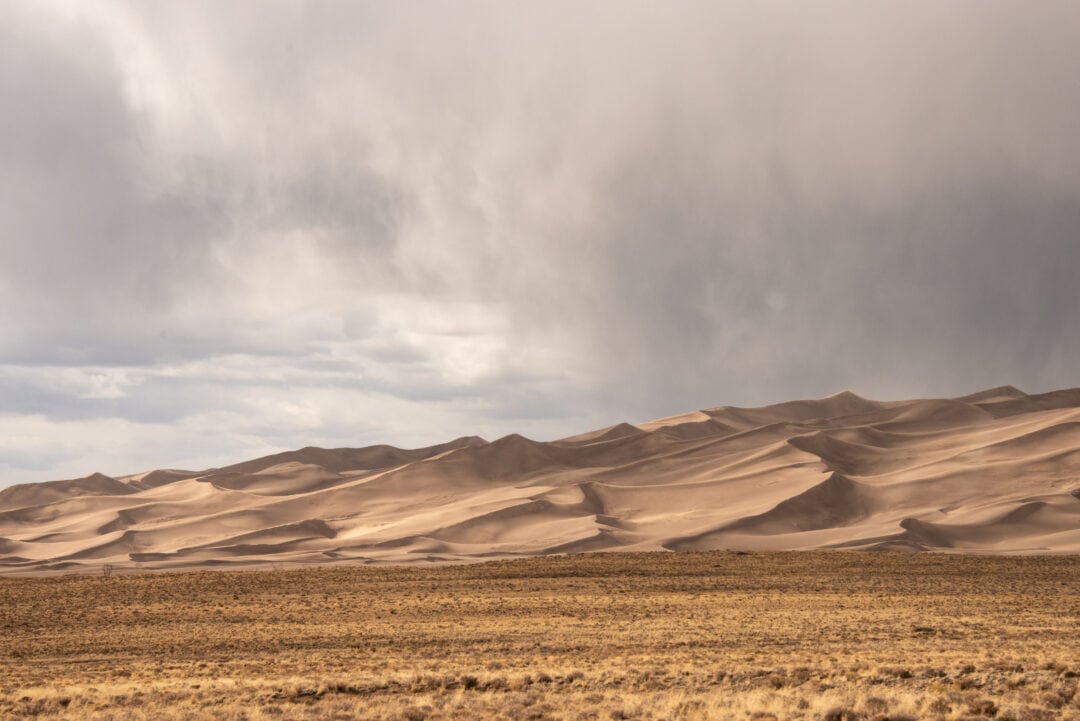

4. Great Sand Dunes National Park and Preserve, Colorado
It’s difficult to grasp how vast the Great Sand Dunes are until you start trudging up them. It takes hours to make the trek to the summit of Star Dune, tied with Hidden Dune as the tallest sand dune in North America, sitting at more than 700 feet. If you’re looking for a speedy descent down these behemoth dunes, you can rent a sandboard to bring along for a quick ride back to the bottom. There are several rental outfitters outside the park, but none within the park, so be sure to get your gear before entering.
Beyond the sand, the preserve is a wild expanse, where you can hike through grasslands, forests, and tundra without encountering many humans. Climb a 14er (14,000-foot peak), like Kit Carson Peak, which is part of the park’s jagged Sangre de Cristo Mountains. Also, don’t miss the nearby hot springs.
6 RV campgrounds near epic Colorado hot springs
Seasoned off-roaders can go up and over the Medano Pass Primitive Road with a four-wheel drive, high-clearance vehicle. Just keep an eye out for mountain lions, elk, black bears, and pika in these backcountry areas. The dunes are also a rare pet-friendly national park. Dogs are allowed on the sand and in some other areas of the park, including the Mosca Pass Trail and the primitive road.
Where to camp
There’s a seasonal campground in the park, with flush toilets, but it books up quickly, so early reservations are a must. There are also backpacking sites, which require a permit, and some campsites along Medano Road, which don’t require permits. However, the Medano Road sites can only be accessed by high-clearance, four-wheel drive vehicles.
Nearby campgrounds include the San Luis State Park and Zapata Falls. Both are open year round and Zapata has a short waterfall hike, plus climbing access to the Blanca Massif, a cluster of mountain peaks containing a few of Colorado’s 14ers.
